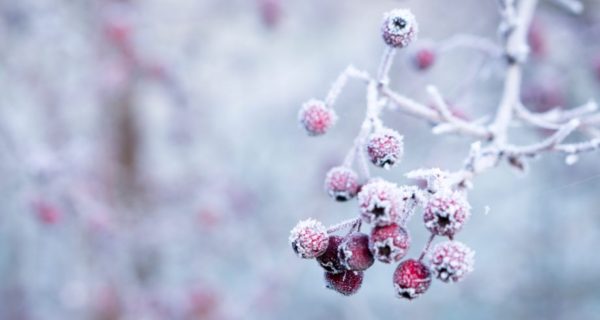In our circle, we gather round,
and with songs, our voices ring.
We settle down to enjoy the tale
of the Oak and the Holly King.
Then we sit and share the feast,
as we pass bread and wine around.
As blessings from mingled voices…
“Never hunger,” “Never thirst,” abound.
(c) Isha ArrowHawk, 2 November 2000
Alban Arthan – also known as Yule – celebrates the winter solstice, the shortest day and longest night, after which the days lengthen, and the march of the sun towards spring is begun. For some druids, Alban Arthan means the light of winter (Welsh), while others believe it means the light of Arthur – this could be King Arthur Pendragon, who was seen as the sun god, reborn at the Winter Solstice.
The word Yule comes from an ancient Norse word, Hjól (yoh-l) meaning wheel, i.e. when the wheel of the year was at its lowest point awaiting the sun’s return. At Yule, we celebrate the turning of the year towards the light and warmth of summer. This is the night on which the hope of life and the promise of spring is given, to give us courage in the coming cold.
Though the winter solstice is a time when darkness reigns supreme, the sun is almost over the southern horizon, and the earth lies wrapped in sleep, no one need fear the winter’s dark and cold. When the new light of solstice day dawns on 22 December, it will be stronger. The wheel turns again, awakening the earth and our potential for life, love, and joy. The groups in the Gylden Fellowship area celebrate with Yule rituals at ancient shrines and with Yuletide feasts (see our December calendar). We look forward to Imbolc (1 Feb) and the first stirrings of spring.
Each year, when it comes to Yule, I set up a Yule altar, which includes natural decorations, such as holly, ivy, pine cones, etc., all of which are readily accessible from the garden. The rationale is to set aside a place to reflect other seasonal bits and pieces, e.g. candles, crystals, statuettes, herbal ingredients, etc. Traditional altar colours are white, silver, and black, decorated with red, gold, and green ribbons or baubles. Sometimes, there’s a small Yule tree, but this may be replaced by a bowl of potpourri.
Your altar should be located in the north, as this is the correspondence direction for winter and the element in Earth. Good scents for the altar at Yule include orange, frankincense or sandalwood. It’s up to you, which rituals can be done at your altar – if you’re a solitary practitioner, a Yule ceremony on 22 December is good, but other activities might include reflective practices, e.g., meditation or astral travel.
© 2019, Written by Gylden Fellowship

